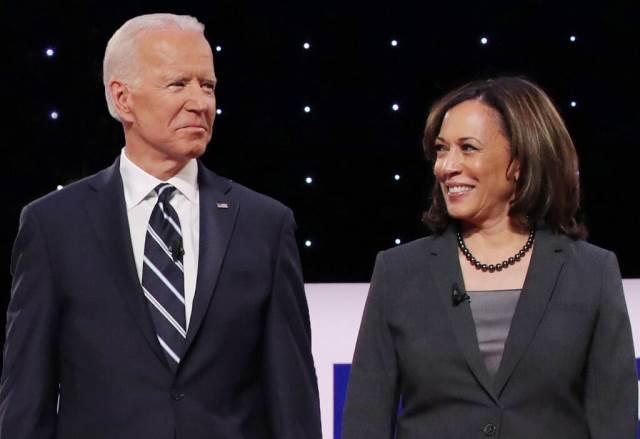The United States of America (US) will inaugurate Joseph R Biden as the President from January 20, 2021. New Delhi and many governments around the world have begun to speculate the kind of relationships the Biden Administration will establish with them. In the context of India, the relationship has seen upswing since the Indo-US Nuclear Deal under the Bush II Administration. It achieved new heights and rhetoric with public display of bonhomie between President Trump and PM Narendra Modi. It will, however, be a grave mistake to disregard it as only rhetoric and on the other hand consider the same in euphoric terms. That moment also had tremendous difficulties with Trump at the helm.
During the Biden Presidency, the scepticism around Trump’s commissions and omissions will no longer be there as Biden is a politician with an outstanding track record and experience at both domestic and international levels. As a Vice-President in the two Obama Administrations (2009-2016) he was responsible for some key decisions regarding policy towards South Asia.
China figures prominently in the United States calculus for the region. The Biden administration is very likely to carry forward the “Rebalance to Asia and Pacific” and “Indo-Pacific” idea, with the Quad as its initial operational strategy against the Chinese Maritime Silk Road Initiative (MSRI). Furthermore, India has resisted China’s attempts to bully countries in the South Asian region.
ALSO READ: Can America Be United Again?
In terms of geopolitics, therefore, US will maintain India as its major ally in the region. The signing of Logistics Exchange Memorandum of Agreement (LEMOA), COMCASA and BECA during the Trump presidency has strengthened the partnership has been raised to strategic level by Washington. It finally seems that the US has decided that along with its long-standing major allies in East Asia, India is a key actor to balance China.
Joe Biden has been critical of Pakistan’s approach to its neighbourhood in the west in Afghanistan and its support to the insurgent groups operating from Pakistani territory. During the first Obama administration as Vice-President, Joe Biden was part of the decision making which led to the Abbotabad strike for Osama Bin Laden’s execution.
Due to Pakistan’s support to terrorist groups operating in Afghanistan and India, Biden’s efforts led to suggestion of a number of stringent conditions incorporated in the Enhanced partnership with Pakistan Act, 2008. The conditions related Pakistan’s support to Al Qaeda, non-interference of the Army in judicial and political processes and the funds ($ 7.5 Billion) were not to be used by the Army. These caveats ultimately led to a major blowback by the military in Pakistan and created a rift between the two countries.
Trump Presidency’s overt show for India and Indians in the US was closely scrutinized because of its frequent calls for limiting immigration in various categories, especially H1B visas. Indian immigrants and people of Indian descent have been at the forefront of the development of American technology industry and innovation. This contribution was frequently invoked against Trump’s calls for indigenization of major industries and limiting migration and citizenship visas.
Biden on the other hand has promised to expand high-skilled visas positively impacting mobility of Indian tech graduates. It is expected that the new administration may revoke the suspension of work permits of spouses of H1B visa holders imposed by Trump. This also has positive implications for Indians employed in the United States.
ALSO READ: Welcome Back America, But…
An election promise by Joe Biden about higher taxation for the corporates in the US may be beneficial for India as this can drive out investments to overseas destinations. India with its reduced tax rates can be one such attractive destination for such investors and the growing international partnership between the two countries provides the right environment. India on its part has to create conditions favourable for investors with reduced red tape and bureaucratic impediments.
US Foreign Institution Investors (FII) account for more than 30% of total FIIs in India making them the most important actors in the Indian financial set up since 2000. Similar speculations have been made for the enhancement of trade by a number of economic pundits because the Trumpian ideas of protectionism for the US may be abandoned. Trump Administration removed India from the Generalised List of Preferences in June 2019. India can expect a review of the list under the Democrats administration.
Biden’s larger outlook for South Asia and his experience combined with Antony Bliken’s knowledge of the region may lead to enhanced partnership with India. On the other hand, it must be taken into account that Americans have a penchant for realism and it still is the most important theoretical strand guiding US foreign policy.
New Delhi without being euphoric about the unprecedented engagement with and attention from the mighty US may do well to remember that India has a strategic location vis-à-vis China in Asia and the Indo-Pacific and the US needs a strong ally in the region to counter/contain the Chinese. That this realism is the original and real driver of the United States’ approach towards India since the beginning of the millennium.

